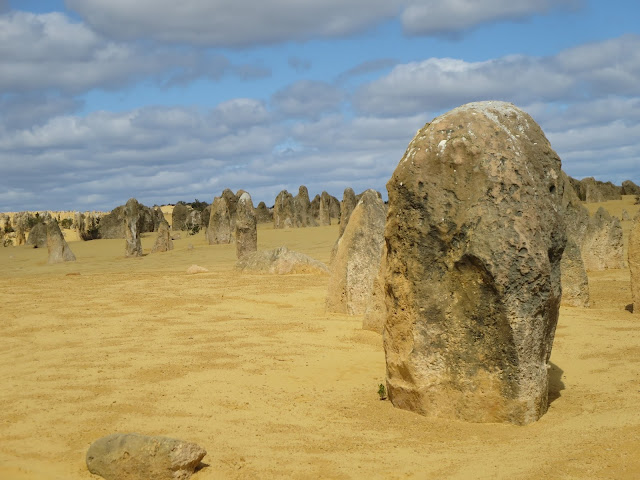For people on the road, good shoes are a must. With those shoes comes their own stories.
My old boots, worn for over 20 years reflect my times walking in the Kentish Countryside and much further afield just had to be sketched and now act as reference for drawing in my Adult Education class.
My sister had her own dreams of ballet dancing as child, we all love the elegance (and maybe the tutus) These paper shoes are inscribed with the poem with 'Rings on her finger and bells on her toes' from Ride a Cock Horse to Banbury Cross, Horses were equally important modes of travel for my grandmother.
 |
| Ballet Shoes (photo Michael Wicks for The Found Object in Textile Art, Batsford 2010) |
On a recent but brief visit to the British Museum I discovered a lovely little exhibition of shoes in the Life and sole:footwear from the the Islamic world. Beautifully worked, with fine embroidery and leather tooling, my gran would have approved.
The little Riversoft shoes I found brand new in a charity shop at the end of my Australian trip (to replace a pair I had worn out) could do with some of the embellishments in the ones above.
I was very privileged to include images of work by Rosalind Wyatt from her project the Stitch Lives of London in 'Stitch Stories'. This includes an Edwardian Satin dancing shoes embroidered with the story of Mary Pearse, the pauper daughter of a London shoemaker.
 | ||||||
| If Shoes Could Talk, Rosalind Wyatt (kind permission of Rosalind Wyatt) |
Exhibitions, the launch of Stitch Stories and work have kept me on my feet, from an old military building in France, to my current local exhibition 'Common Place, Common Land' in Maidstone. In the Summer I worked with Fibre Arts Australia and extensively travelled around the 'Edges of Australia' (which you can read about in earlier posts on this blog), and felt an Australian Winter 'cold' for the first time complete with frost!
My grandmother unusually for Romany children of the time, still learned to read, her family settled and she went into service:
My carefree Romany childhood and our life on the open road had come to end end. However, we did not know know then that in the aftermath of the 'war to end all ward' life in Britain would be irrevocably changed. Throughout my long life (my grandmother died in 1995) I came to view my Romany years as an age of innocence, not just for us children, but for a nation'.
It seems I not only inherited the love of the 'Open road' from my gran but also her ability to tell stories:
Thankyou to all have hosted me and continued the textile friendships in 2105. I am planning new adventures in 2016 which will be updated on my other blog.
I wish you a Peaceful Christmas and Happy New Year. As you 'walk' through life, I leave you with an old Irish blessing
May the road rise up to meet you.
May the wind always be at your back.
May the sun shine warm upon your face,
and rains fall soft upon your fields.
And until we meet again,
May God hold you in the palm of His hand.
May the wind always be at your back.
May the sun shine warm upon your face,
and rains fall soft upon your fields.
And until we meet again,
May God hold you in the palm of His hand.
















































